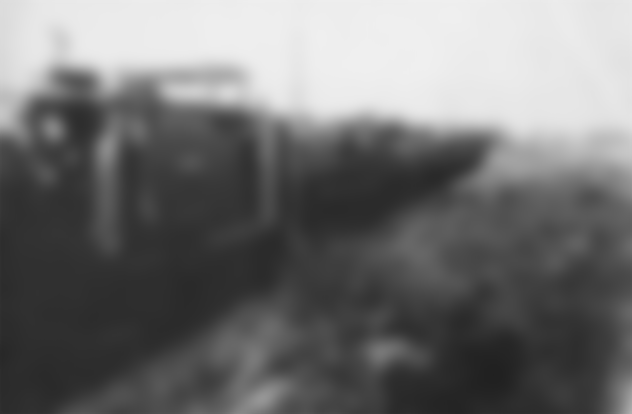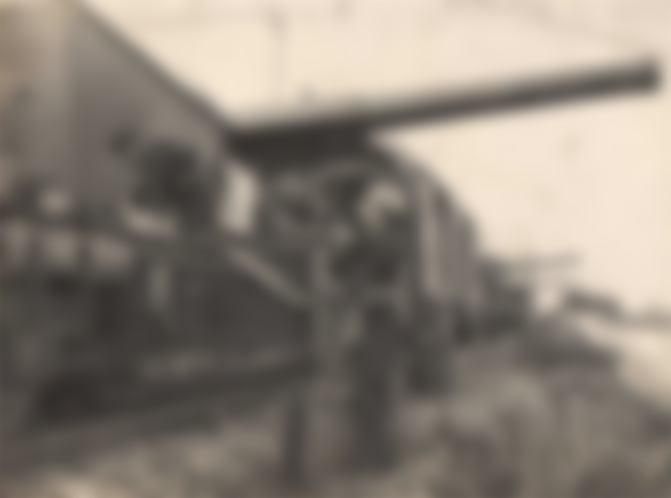At the outbreak of the First World War Italy along the Adriatic coast appeared immediately vulnerable and so at dawn on 24 May 1915 six Austrian naval teams fired undisturbed on the Italian peninsula from north to south (the cities of Rimini and Barletta were hit). The Regia Marina, which was entrusted with the surveillance and protection of the coast, even though it had an excellent naval fleet, found itself caught off guard in defending the maritime cities from the Austrian naval bombardments which continued until September 1915, when the Italian command realised that the Italian coast was defenceless and that the few cannon batteries were not going well and studied the possibility of putting armed trains on the railway. The armed trains were of three types and with cannons of calibre between 76 and 152 millimetres.

The freight wagons on which the cannons were placed were prepared in La Spezia. Each train was equipped with a battery of four pieces of 120 or 152, plus a section of 76 anti-aircraft guns, plus the necessary armoured service wagons for the sailors and the locomotive. In all, each train consisted of 70 sailors, and 5 officers plus the train drivers. In all, the Regia Marina introduced 12 trains employing over 1000 men.

The damage inflicted by the armed trains on the enemy was derisory (five aircraft shot down, the interruption of three naval bombardments against the coast and two foiled air attacks), but their presence and their speed of manoeuvre and intervention worked very well as a psychological deterrent against the Austrian ships which, since 1916, carefully avoided approaching the Italian coast.




Trains plus history,perfect combination for an article that suit to me. I love trains and also love reading history.